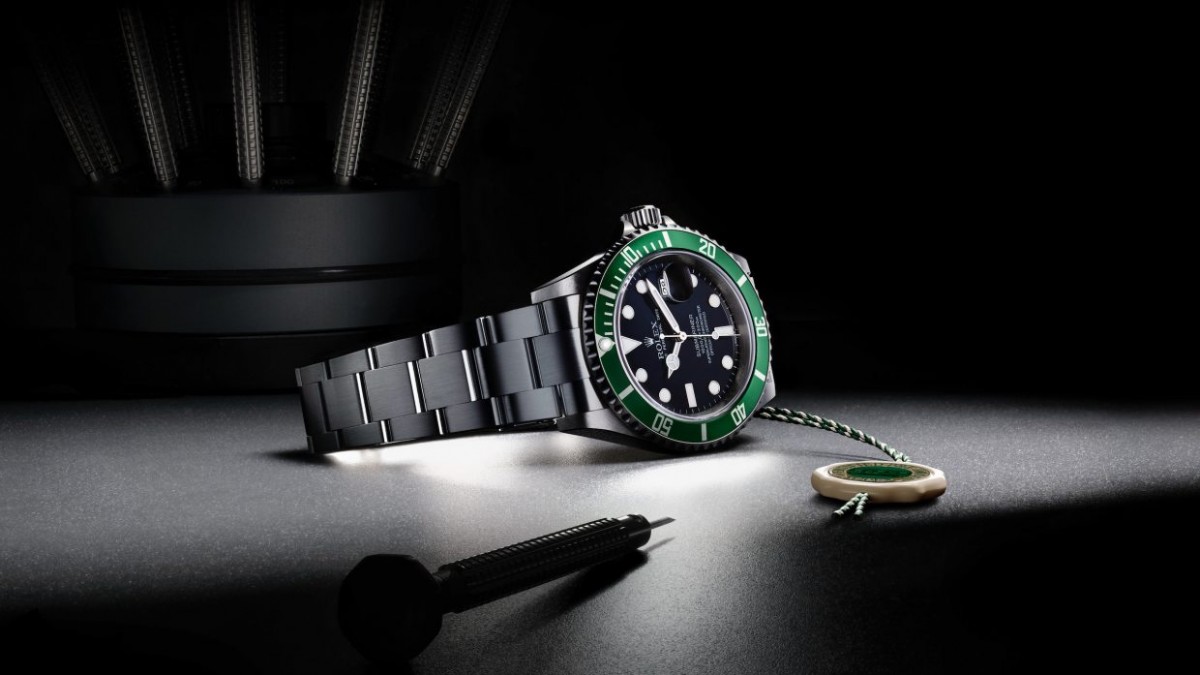By Marco Passoni
Mergers and acquisitions have been big news in the luxury sector in the last few months; most recently, Tapestry’s acquisition of Capri for $8.5bn and Rolex’s purchase of Bucherer have grabbed headlines.
Unions are not uncommon in this sector and the success of major luxury houses such as LVMH demonstrate the benefits for everyone. Not only can luxury brands in the same maison support each other by providing protection in a market which is increasingly changeable, but they can also share strengths, data and infrastructure to build stronger individual brands and businesses.
This is, for me, at the heart of the brilliant acquisition of Bucherer, the largest watch retailer in the world, by Rolex, arguably the planet’s most iconic watch brand. The two companies have enjoyed a 90-year partnership and the acquisition gives Rolex direct access to both increased market penetration and, most valuably, Bucherer’s VIP client list and all the data and insights that brings.
Managing a luxury brand is very specific
At a time when data and understanding of shoppers has never been more important, the shopper insights a brand has are among its most valuable assets. This, of course, is why we often find data sharing as one of the biggest stumbling blocks to true collaboration across both luxury and travel retail.
While Rolex and Bucherer are symbiotic businesses, the Capri and Tapestry deal creates a more traditional stable of brands. It brings together aspirational lifestyle brands such as Coach and Michael Kors, alongside more established luxury names like Versace and Jimmy Choo. With the US market, which has been a driver of growth in recent years, slowing somewhat in 2023, this provides a stronger and more united front for the brands to collaborate and innovate, which can only benefit the market.
However, I was interested by comments from Corine Cohen, Professor of Luxury Brand Marketing and Management at EDC Paris Business School, who told Forbes that while more mergers will likely come, not all will succeed as: “Managing a luxury brand is very specific”.

This is not news to many of us. We know that brand individuality is key and the most successful mergers and acquisitions ensure they share benefits without losing one of their most precious assets – brand identity. LVMH, for example, is probably the most recognised fashion house on the planet, but both Louis Vuitton and Moët Hennessy maintain their identities. Indeed, LVMH’s purchase of Tiffany has led to a strengthening of the brand’s identity, with its new-look New York store and LVMH’s new majority stake in jewellery producer Platinum Invest creating a stronger ecosystem for the brand.
This underlines the fact that many of the greatest benefits of any synergy take place behind closed doors. The external show of strength and unity is rarely as vital as the sharing of processes and infrastructure which create new opportunities.
The same principle applies to less permanent or headline-grabbing partnerships: the power and potential of collaboration are the same whether is it a full merger or a win-win working relationship.
Sharing data and infrastructure creates better opportunities for both parties, especially when you can bring together different but complementary skills and knowledge to create a bigger market for both brands. In a world which has shown how changeable it can be, this is an invaluable asset. The future is many things, but it is certainly collaborative and united.



